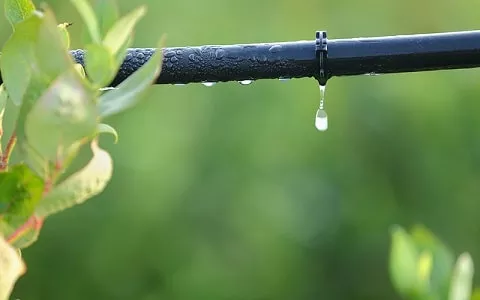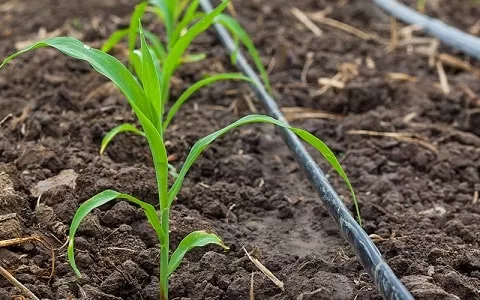
Before you spend the money on a new drip system installation, it's essential to understand the benefits of drip irrigation. Water conservation and cost savings are possibly the most attractive selling points. Not only is it the best way to feed various plants, but it's low maintenance and easy to install. So let's get into the details. Why is drip irrigation the best method for watering plants?
Superior Watering Method for Plants
There are many studies out there that show why a drip irrigation system is advantageous. It isn't easy to over or underwater your plants with a drip system. It makes it easy to get your plants the right amount of moisture they need to grow. Unlike sprinkler systems, a drip system can apply water to the root of the plant right when it needs it. For smaller plants, one emitter will suffice, but for large plants, you may use up to three. Drip systems allow for easy and cheap customization to address the needs of each plant.
Reduce Wasted Water
When you use a drip system to irrigate your plants, you save the environment from waste and protect your wallet from covering unnecessary costs. Sprinkler systems give you less control over watering areas of your land that don't need much. They also lose water to wind, evaporation, and other outside forces. Since the water is emitted right next to the plant root, you don't need to worry about wasted water. An additional bonus to this aspect of the drip system is that it does not make messes of water. For example, a drip system is not going to flood your sidewalk or accidentally spray your newly waxed car. A great way to control water flow is with drip pressure regulators.
Fewer Weeds

Because a drip irrigation system waters the plant exactly where the root is, it reduces the growth of weeds. Sprinkler systems water areas that don't need water, which results in more weeds than you'd see otherwise. A drip system keeps those areas dry, preventing weeds from sprouting up all over the place.
Ease of Installation
One of the beauties of a drip system is installed above ground, typically covered by mulch or gravel. The drip line is easily connected with various drip fittings to match your yard's configuration.
Watering with a Drip Irrigation System
Make sure you don't underwater or overwater your plants. The right equipment and schedule will put you on the right track. Your landscape design will determine what kind of drip irrigation system you need. If you want a garden, homeowners typically go with an exposed irrigation system that is isolated to a small area of the backyard. If you're watering trees, flowers, and bushes, homeowners typically hide as much of the inner workings of that system as much as possible.
Related Resources:
Drip Irrigation Parts List
Installing Drip Irrigation
Planning a Sprinkler Installation




